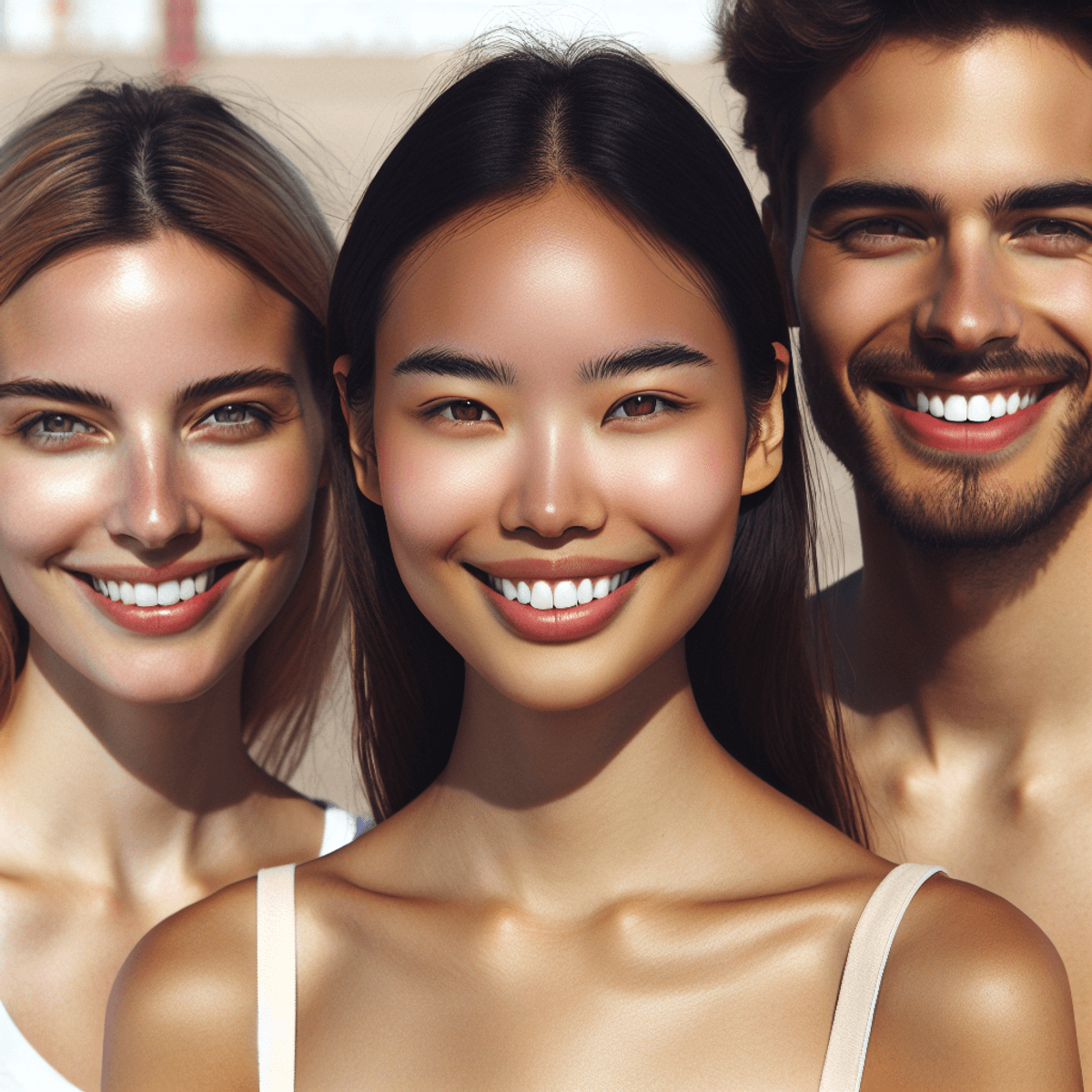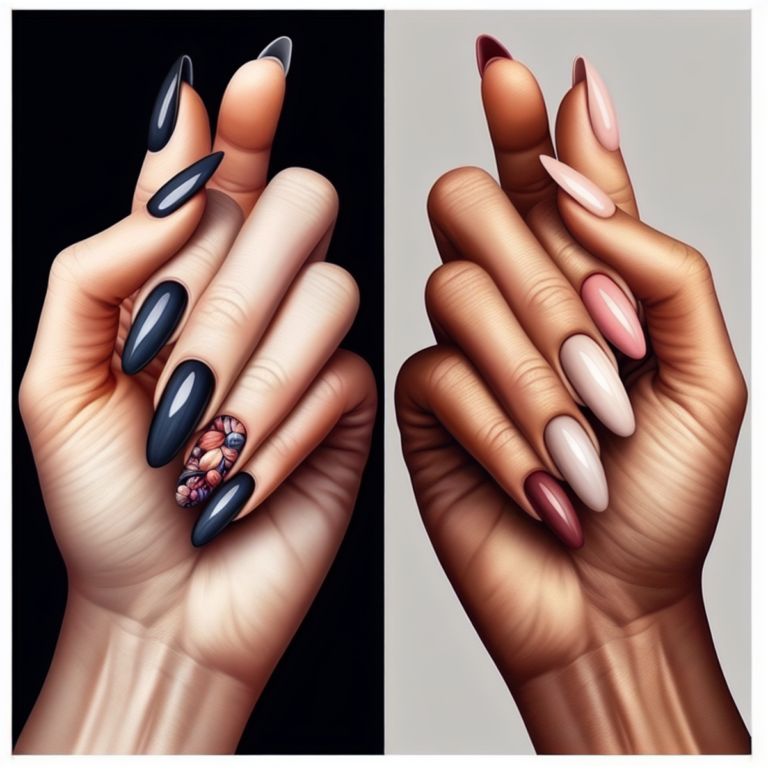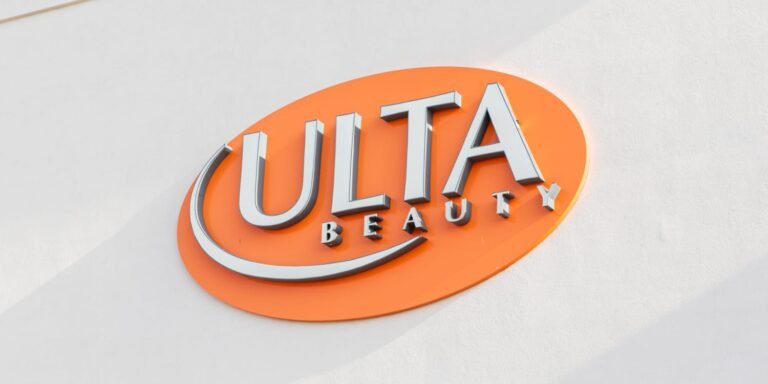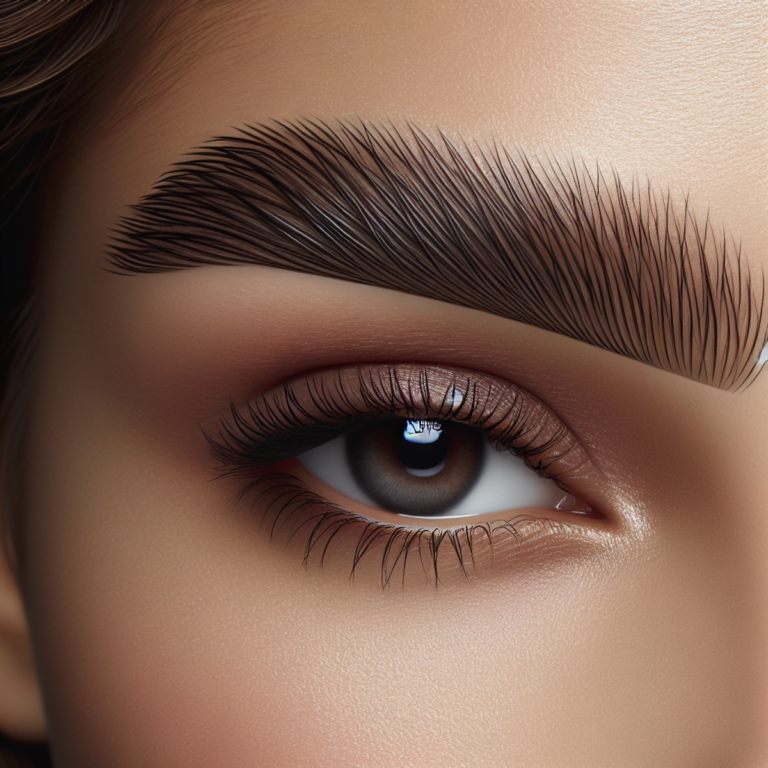Acne: Diagnosis and treatment

Introduction
Acne is a common skin problem that affects people all over the world. It shows up as pimples, blackheads, and cysts, usually on areas with a lot of oil glands like the face, back, and shoulders. This condition can not only change how you look but also lower your self-esteem and overall happiness. To deal with acne effectively and lessen its impact, it’s important to understand it.
Dealing with acne is more than just figuring out how to get rid of pimples on your back or small bumps on your forehead. It means understanding what causes these skin problems, like changes in hormones or stress, and finding treatments that work for you. The first step in managing acne well is getting the right diagnosis and learning about your treatment choices.
In this article, we’ll cover:
- Understanding Acne: What it is and what causes it.
- Diagnosis: How doctors determine how severe your acne is.
- Treatment Options: Different ways to treat acne, including creams, pills, and procedures.
- Natural Remedies & Preventive Measures: Using home remedies to control breakouts.
- Managing Acne Scars: Ways to reduce marks left after treatment.
We’ll share practical advice throughout to help you answer common questions like “how to get rid of small bumps on my face” or “how to remove blackheads permanently.” For example, if you want detailed information on managing acne, this comprehensive guide could be a great starting point. If you’re looking for professional advice on treating acne, you might find this dermatologist’s perspective particularly useful.
Moreover, if you’re dealing with adult acne and need expert answers, this resource offers valuable insights. Lastly, for those who are active on social media and want to connect with others who understand the struggles of acne, following these top influencers could provide support and inspiration.
Understanding Acne
Acne is a common skin condition that shows up as pimples, blackheads, and cysts. These blemishes mainly appear on areas with lots of oil glands, like the face, back, and shoulders. Knowing the different types of acne is key to choosing the right treatment.
Common Forms of Acne
- Pimples: Inflammatory lesions filled with pus. For more insights on how to get rid of pimples, including effective treatments and prevention strategies.
- Blackheads: Open clogged pores that have oxidized, giving them a dark appearance.
- Cysts: Large, painful lumps beneath the skin’s surface caused by severe inflammation.
Causes of Acne
The causes of acne are complex and often connected. Main factors include:
- Hormonal Changes: Fluctuations in hormones, especially during puberty or menstrual cycles, can increase oil production, leading to acne.
- Diet: Some studies suggest that high-glycemic diets may worsen acne, though more research is needed to confirm these findings.
- Stress: Stress can make acne worse by increasing hormone levels that stimulate oil production.
Severity Classification
Understanding how acne severity is classified helps in deciding the right treatment plan. The severity usually falls into three categories:
- Mild Acne: Characterized by a few pimples and blackheads.
- Moderate Acne: Includes more widespread breakouts with occasional cysts.
- Severe Acne: Marked by numerous cysts and nodules, often leading to scarring.
Knowing how to manage and treat acne effectively involves recognizing its type and severity. Whether you are looking for ways on how to get rid of pimples or searching for the best way to remove them overnight, understanding these foundational aspects of acne is essential for successful treatment and prevention strategies. Additionally, you might encounter hard pimples which require specific treatment methods.
Diagnosis of Acne
Healthcare providers play a crucial role in diagnosing acne, offering professional insights and guidance tailored to individual needs. Their expertise is essential for determining the most effective acne treatment strategies and learning how to get rid of pimples fast.
Physical Examination
During the diagnostic process, healthcare professionals conduct a physical examination to assess the acne lesions. The examination typically involves:
- Evaluating the affected areas, such as the face, back, or shoulders.
- Identifying the types of lesions present (e.g., pimples, blackheads, cysts).
- Assessing the severity of acne, which can range from mild to severe.
Understanding how to get rid of bumps on your face or how to stop pimples coming on your face involves recognizing these lesion types and their distribution.
Importance of Identifying Type and Severity
Identifying the type and severity of acne is critical for successful treatment planning. Different severities require unique approaches:
- Mild Acne: Often managed with topical treatments.
- Moderate Acne: May need a combination of topical and oral medications.
- Severe Acne: Could require more intensive treatments like isotretinoin or procedures.
Knowing how to get rid of zits fast or reduce pimple redness in 5 minutes involves targeting specific symptoms and lesions effectively. A professional diagnosis ensures that treatment plans are customized for optimal results.
For those wondering how to get rid of forehead bumps or pimples, comprehensive assessment by a healthcare provider is indispensable. It not only aids in immediate pimple treatment but also provides long-term solutions for maintaining clear skin. Regular follow-ups with healthcare providers allow for adjustments in treatment plans based on how well you respond to therapy.
Treatment Options for Acne
1. Topical Treatments for Acne
Acne treatment often begins with topical solutions, directly applied to the skin where acne lesions are present. These treatments are usually recommended for mild to moderate cases and can also be part of a combination therapy for more severe acne.
Retinoids
These vitamin A derivatives play a crucial role in managing acne by promoting cell turnover, preventing hair follicle plug formation, and reducing inflammation. Retinoids such as tretinoin, adapalene, and tazarotene clear pores effectively, making them particularly useful in treating comedonal acne (blackheads and whiteheads). Regular use can lead to smoother skin texture and reduced acne scars. However, they may initially cause skin irritation or peeling, so it’s advisable to start with lower concentrations.
Benzoyl Peroxide
Known for its antibacterial properties, benzoyl peroxide targets Propionibacterium acnes, a bacterium that contributes to acne formation. By decreasing bacteria on the skin and acting as an anti-inflammatory agent, it helps reduce redness and swelling associated with pimples. Available in various forms such as gels, creams, and washes, benzoyl peroxide is often used in conjunction with other treatments like antibiotics or retinoids to enhance effectiveness.
Antibiotics
Topical antibiotics like clindamycin and erythromycin help reduce bacteria on the skin surface and minimize inflammation. They are frequently used to treat inflammatory acne lesions such as papules and pustules. To prevent antibiotic resistance, these medications are often combined with benzoyl peroxide or retinoids.
These topical treatments offer targeted solutions for those looking to learn how to treat pimples effectively. Consistent use can lead to significant improvements in skin clarity and texture.
For individuals seeking ways on how to get rid of spots or address how to get rid of bumps on face issues quickly, these topical treatments provide valuable options. Understanding their mechanisms and benefits can guide you in choosing the most appropriate acne management strategy tailored to your needs.
2. Oral Medications for Severe Cases of Acne
For individuals dealing with severe cases of acne, oral medications can be an effective solution when topical treatments aren’t enough. These medications work from the inside, targeting deeper causes that may not respond to surface-level treatments.
Isotretinoin
Isotretinoin, a powerful form of Vitamin A, is often used to treat severe nodular or cystic acne. It works by shrinking and reducing the activity of oil glands, which decreases oil production and prevents clogged pores. However, isotretinoin can have significant side effects such as dry skin, increased sensitivity to sunlight, and serious risks like birth defects if taken during pregnancy. Therefore, it’s essential for patients considering this treatment to undergo thorough medical evaluation and regular monitoring by a healthcare provider.
Hormonal Treatments
Hormonal changes play a major role in acne development, especially in women. Hormonal treatments, like combined oral contraceptives, are prescribed to treat hormonal acne by balancing hormone levels that trigger excessive oil production. These treatments can be particularly helpful for women experiencing breakouts related to menstrual cycles or conditions like polycystic ovary syndrome (PCOS). However, it’s important to carefully consider individual health profiles and potential side effects before starting these medications.
Exploring oral medications provides an opportunity to address severe acne at its root cause, offering relief for those whose skin hasn’t responded well to other methods. The choice between isotretinoin and hormonal treatments depends largely on the individual’s medical history and specific acne triggers. Working together with healthcare providers ensures personalized treatment plans that align with one’s overall health goals, leading to clearer skin and improved confidence.
3. Procedures for Severe Cases of Acne
When acne doesn’t respond to topical treatments and oral medications, certain procedures can provide effective solutions, especially for severe cases. These techniques target the underlying causes of acne and aim to reduce inflammation and prevent scars.
Corticosteroid Injections
Cystic acne, characterized by deep, painful cysts beneath the skin, often requires targeted interventions. Corticosteroid injections are a quick way to shrink these cysts. Healthcare providers inject a diluted corticosteroid directly into the cyst, reducing inflammation and accelerating healing time. This method is particularly useful for individuals looking to minimize acne lesions quickly, such as before an important event.
Benefits:
- Rapid reduction in swelling.
- Decreases the likelihood of scarring.
- Offers relief from pain associated with cysts.
Chemical Peels
Chemical peels are another effective procedure for managing severe acne. These treatments involve applying a chemical solution to the skin, which exfoliates dead skin cells and excess oil while stimulating new cell growth. By removing the top layer of damaged skin, chemical peels can help unclog pores and improve overall skin texture.
How It Works:
- Exfoliation: Removes layers of dead skin cells.
- Oil Reduction: Controls excess oil production.
- Cell Renewal: Encourages regeneration of healthier skin cells.
For those exploring how to prevent pimples or seeking pimple remedies, both corticosteroid injections and chemical peels offer targeted approaches that complement existing acne management strategies. Engaging with a dermatologist can provide further insight into which procedure might best suit your specific needs for getting rid of bumps on your face or eliminating cystic pimples efficiently.
4. Combination Therapies for Enhanced Efficacy in Acne Treatment
Combining different treatments is often a strategic approach to managing acne effectively. By integrating various types of treatments—such as topical treatments for acne, oral medications for acne, and procedures for severe cases of acne—you can target multiple underlying causes of acne simultaneously, improving outcomes and minimizing side effects.
Types of Treatments
- Topical Treatments: These include retinoids and benzoyl peroxide, which work on the skin’s surface to unclog pores and reduce bacteria.
- Oral Medications: Antibiotics or isotretinoin might be prescribed to tackle bacteria from the inside out.
- Procedures: For more persistent cases, combining the above with chemical peels or corticosteroid injections can enhance results.
A multi-modal approach is particularly beneficial because it allows flexibility in tailoring treatments to individual needs. For instance, combining topical retinoids with oral antibiotics can be effective in managing both surface and deep-seated lesions, addressing how to get rid of spots, bumps, or pimples quickly.
This combination strategy also plays a role in preventing future breakouts by maintaining clear skin over time. Regular consultations with dermatologists help fine-tune these combinations, ensuring that the chosen regimen remains effective while reducing potential side effects. This approach supports not only how to prevent pimples but also how to treat blackheads and other blemishes efficiently.
Natural Remedies and Preventive Measures Against Acne Breakouts
Exploring natural treatments for acne management can offer alternative solutions for those seeking home remedies. Some popular options include:
- Tea Tree Oil: Known for its antimicrobial properties, tea tree oil is often used as a topical treatment to reduce bacteria and inflammation associated with pimples. Applying a diluted solution directly to the affected area can help shrink a pimple in minutes.
- Green Tea Extract: Rich in antioxidants, green tea extract is believed to reduce sebum production and soothe inflamed skin. Using products containing this extract or applying cooled green tea bags to the face can aid in how to get rid of breakouts.
The journey towards clear skin often involves establishing preventive strategies against pimples.
Effective Skincare Routine
Developing an effective skincare routine is crucial. Essential steps include:
- Cleansing: Gently washing your face twice daily with a mild cleanser can prevent excess oil buildup and remove impurities that clog pores.
- Exfoliating: Regular exfoliation helps treat tiny bumps on the face by removing dead skin cells that contribute to clogged pores.
- Moisturizing: Opting for non-comedogenic moisturizers keeps the skin hydrated without causing further breakouts.
Incorporating these powerful home remedies for acne into your routine can also yield significant improvements.
Lifestyle Changes
Implementing certain lifestyle changes may also help stop breakouts:
- Dietary Adjustments: Reducing intake of high-glycemic foods such as sugary snacks and refined grains may improve skin health.
- Stress Management: Stress can exacerbate acne, making techniques like meditation or yoga beneficial in managing flare-ups.
Understanding how to treat acne effectively extends beyond immediate treatments; it’s about long-term care and prevention. Incorporating these natural remedies and preventive measures can greatly enhance one’s approach to managing acne.
Addressing Specific Concerns
For those seeking solutions on how to get rid of spots on bum overnight or how to get rid of pimples on pubic area male, maintaining hygiene through regular washing and using gentle exfoliants may prove helpful. Similarly, questions around how to remove dark spots caused by pimples overnight might be addressed by using topical treatments with ingredients like niacinamide or vitamin C known for their brightening effects.
Learning how to get rid of a zit swiftly or embarking on pimple scar removal requires consistency and patience, often involving both natural remedies and medical advice from dermatologists. For instance, these natural hacks could provide relief for cystic acne, while following the best acne-fighting skincare routine according to dermatologists could lead to long-term improvement.
Managing Acne Scars and Marks After Treatment Completion or Natural Healing Process Over Time
Addressing acne scars and marks is a crucial step in the journey towards clear skin. These remnants of past breakouts can be as distressing as active acne itself, but various methods exist to reduce or remove them effectively.
Topical Treatments
- Pimple Scar Removal Creams: Look for creams with ingredients like retinoids, vitamin C, and glycolic acid to speed up skin cell turnover and lighten dark spots.
- Best Cream to Remove Pimple Marks Fast: Choose products specifically designed for quick results, often labeled for “rapid fading” or “intense treatment.”
Dermatological Procedures
- Laser Therapy: Uses focused light to target deeper layers of skin, promoting collagen production and reducing scar visibility.
- Chemical Peels: Applies a chemical solution to exfoliate the top layer of skin, improving texture and tone.
- Microneedling: Involves using tiny needles to create controlled micro-injuries on the skin, stimulating its natural healing process and boosting collagen.
Natural Remedies
For those interested in how to remove pimple scars naturally, options include:
- Aloe Vera: Known for its soothing properties, it may help reduce redness.
- Honey and Lemon: A combination that potentially lightens marks due to their natural bleaching effects.
Preventive Measures
Understanding how to stop pimples coming on face permanently is key to preventing new scars. An effective skincare routine combined with lifestyle changes plays an essential role:
- Regular Exfoliation: Prevents clogged pores by removing dead skin cells.
- Stress Management: Reduces hormone fluctuations that can trigger breakouts.
By integrating these techniques into your skincare regimen, you can effectively manage both the appearance of pimple scars and the recurrence of acne.
FAQs (Frequently Asked Questions)
What is acne and what are its common forms?
Acne is a common skin condition characterized by the presence of pimples, blackheads, and cysts. It occurs when hair follicles become clogged with oil and dead skin cells.
What causes acne?
Acne can be caused by various factors including hormonal changes, diet, and stress. Understanding these causes is crucial for effective management and treatment.
How is acne diagnosed?
Acne is diagnosed through a physical examination conducted by a healthcare provider. They assess the type and severity of acne lesions to determine an appropriate treatment plan.
What are the treatment options available for acne?
Treatment options for acne include topical treatments such as retinoids, benzoyl peroxide, and antibiotics, as well as oral medications for severe cases and various procedures for treatment.
How can I get rid of pimples quickly?
To get rid of pimples quickly, you can use topical treatments like benzoyl peroxide or salicylic acid. Additionally, some methods claim to reduce pimple redness in just a few minutes.
Are there home remedies for treating acne?
Yes, there are several home remedies for treating acne. These may include natural ingredients such as tea tree oil, honey, or aloe vera that have anti-inflammatory properties.










